Jan Awrejcewicz, Jan Awrejcewicz9781402087776, 1402087772
Topics covered include, among others, bifurcations and chaos in mechanical systems; control in dynamical systems; asymptotic methods in nonlinear dynamics; stability of dynamical systems; lumped and continuous systems vibrations; original numerical methods of vibration analysis; and man-machine interactions.
Thus, the reader is given an overview of the most recent developments of dynamical systems and can follow the newest trends in this field of science. This book will be of interest to to pure and applied scientists working in the field of nonlinear dynamics.
Table of contents :
cover……Page 1
Modeling, Simulation andControl of NonlinearEngineering Dynamical……Page 3
Preface……Page 5
Contents……Page 16
1 Introduction……Page 24
2 Governing Equations……Page 25
3 Asymptotic Simplifcation of Boundary Conditions……Page 27
4 A Single Fibre Embedded in the Half-Space……Page 28
References……Page 33
1 Introduction……Page 35
2 The Lorenz Attractor and Other Dynamical Systems……Page 39
3Conclusion……Page 44
References……Page 45
1 Introduction……Page 46
2 Description of the System……Page 47
3 The Method of the Wandering Trajectories……Page 48
4 Characterization of Typical Trajectories……Page 49
5 Comparison with Bifurcation Diagrams……Page 52
6 Overall Characterization of the Non-regular Solutions and Effect of the Hysteresis……Page 53
References……Page 56
1 Introduction……Page 57
2 Linear Chains with Weak Coupling……Page 58
3 Nonlinear Chains with Weak Nonlinearity……Page 61
4 Chains with Nonlinearity, Compatible with Coupling……Page 63
5 Conclusions……Page 66
References……Page 67
2 Mathematical Model of the System……Page 68
3 Numerical Calculations……Page 75
References……Page 78
1 Introduction……Page 79
2 Equations of Motion……Page 80
3 Smooth Control……Page 82
4 Dry (Discontinuous) Friction……Page 83
5 Viscosity (Continuous) Friction……Page 86
6 Conclusions……Page 87
References……Page 88
1 Introduction……Page 89
2 Control Concept for Adaptronic Strut……Page 91
3 Implementation into PKM Machine Tool……Page 92
5 Conclusions……Page 95
References……Page 97
1 Introduction……Page 98
2 Motivation of Research……Page 99
3 Mathematical Model of the Rotor Motion at Small Oscillations……Page 100
4 Rotor Motion at Large Oscillations……Page 104
5 Examples……Page 106
6 Conclusions……Page 110
References……Page 111
1 Introduction……Page 112
2 Formulation of the Identifcation Problem of the Dynamical Systems……Page 113
3 The Two-Stage Fuzzy Strategy……Page 115
4 Numerical Examples……Page 119
5 Conclusions……Page 120
References……Page 122
1 Introduction……Page 123
2 (SMA) Constitutive Modeling……Page 124
3 Mathematical Model of the Non-ideal System……Page 125
4 Numerical Results……Page 127
5 Conclusions……Page 130
References……Page 132
1 Introduction……Page 133
2 Motion with Impacts: A Simple Motion of the Limiter……Page 134
3 Computational Results……Page 135
4 Analytical Results……Page 137
5 Conclusions……Page 142
References……Page 143
1 Introduction……Page 144
2 Transient in a System Containing an Essentially Nonlinear Oscillator as Absorber……Page 145
3 Transient in the Vibro-Impact System……Page 148
4 Transient in 2-DOF Nonlinear System with Limited Power Supply……Page 152
References……Page 154
1 Introduction……Page 156
2 Floating Frame of Reference Formulation……Page 158
3 Generalized Impulse-Momentum Balance Equations……Page 159
4 Coeffcients of Restitution and Routh’s Diagrams……Page 160
5 Numerical Example……Page 162
6 Conclusions……Page 165
References……Page 166
1 Introduction……Page 167
2 Modeling Preliminaries……Page 168
3 Prescribed Flight……Page 170
4 Governing Equations and the Solution Code……Page 172
5 Case Study……Page 174
6 Conclusions……Page 175
References……Page 176
1 Motivation……Page 177
2 General System Class……Page 179
3 Control Objective & Controllers……Page 180
4 New Control Strategies……Page 182
5 Improved Gain Adaptation Laws……Page 184
6 Simulations……Page 185
7 Conclusions……Page 191
References……Page 192
1 Introduction……Page 193
2 Formulation……Page 194
3 Method of Solving……Page 196
5 R-Functions Method……Page 198
6 Numerical Results……Page 199
References……Page 203
1 Introduction……Page 204
2 Model of Digital Force Control……Page 205
3 Stability Analysis……Page 206
4 Experimental Setup……Page 207
5 Theoretical vs. Experimental Results……Page 210
6 Conclusions……Page 211
References……Page 212
1 Introduction……Page 213
2 Statement of the Problem……Page 214
3 An Approximation Algorithm……Page 216
4 Numerical Example……Page 218
References……Page 221
1 Introduction……Page 223
2 The Equations of Motion……Page 224
3 Existence of Auto-Rotation……Page 225
and Various Values of c……Page 226
5 Average Trapped Power……Page 228
6 Pitch Angle Control……Page 229
7 Conclusions……Page 230
Notation……Page 231
References……Page 232
1 Introduction……Page 233
3 An Abstract Feedback Control Strategy Architecture……Page 235
4 Design of a Kinematic Control Strategy Based on the Error Function……Page 236
5 Control of a Two-Wheeled Mobile Robot……Page 238
6 Conclusions……Page 242
References……Page 243
2 Theoretical Description……Page 244
3 Numerical Examples……Page 246
4 Experimental Examples……Page 249
References……Page 253
2 Equations of the 2-D Scanner……Page 254
3 Angular and Linear Scanning Functions……Page 256
References……Page 263
2 Problem Formulation……Page 265
3 On the Numerical Solution to Vibration and Stability Beam Problems……Page 267
4 Numerical Results Obtained via FDM and FEM……Page 269
6 Conclusions……Page 273
References……Page 275
2 Model of the Vibrating System and Equations of Motions……Page 276
3 Experimental System……Page 278
4 Numerical and Experimental Results……Page 279
5 Conclusions……Page 284
References……Page 285
1 Introduction……Page 286
2 FEM Model of a Rotating Shaft……Page 287
3 FEM Model of a Rotating Disk……Page 290
4 Mathematical Model of the Whole Disk-Shaft System……Page 291
5 Numerical Example……Page 292
6 Conclusions……Page 294
References……Page 296
1 Introduction……Page 298
2 Light Standard Thermo-Rheological Hereditary Element……Page 299
3 Thermo-Rheological Double Pendulum System – System of the Averaged Equations……Page 304
4 Stochastic Dynamics of the Thermo-Rheological Double Pendulum system – Parametric Resonance……Page 305
References……Page 307
1 Introduction……Page 309
2 Regular Polyhedra and Their Applications to Life Sciences and Bioengineering……Page 310
4 Applications of Tensegrity Concepts to Living Forms……Page 312
5 Form-Finding Analysis……Page 314
6 Transformations of the Tensegrity Systems……Page 316
References……Page 318
1 Introduction……Page 320
2 Modeling the DC-DC Buck Converter with LPWM and ZAD……Page 321
3 Computation of the Duty Cycle……Page 322
4 Bifurcational Analysis……Page 324
References……Page 331
2 Quasi-linear Controlled Systems……Page 333
3 Orbital Stability……Page 335
4 Conclusions……Page 341
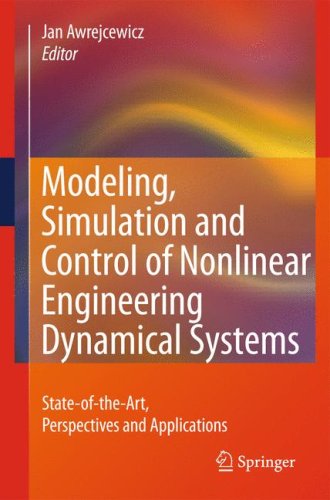
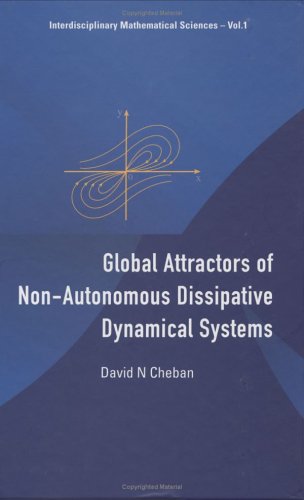
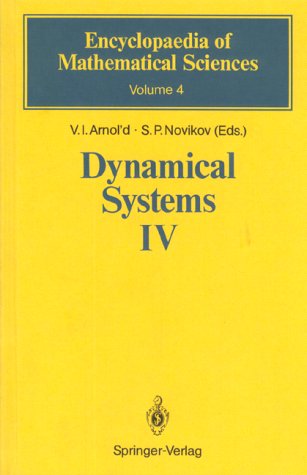

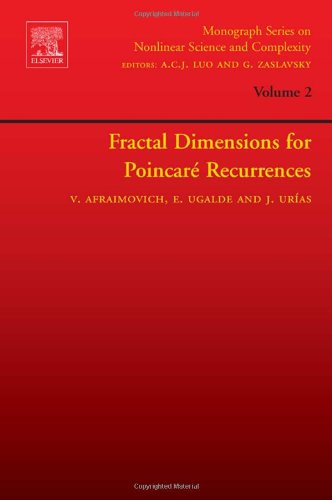
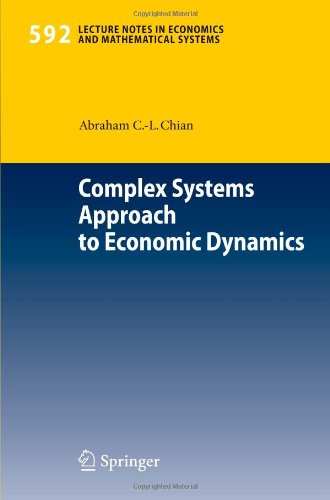
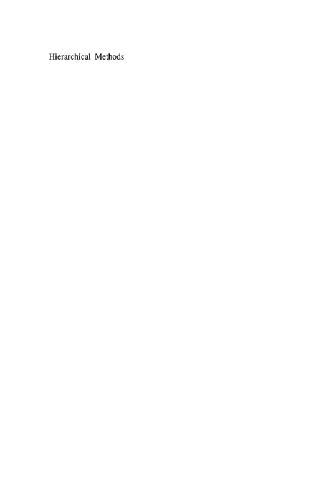
Reviews
There are no reviews yet.